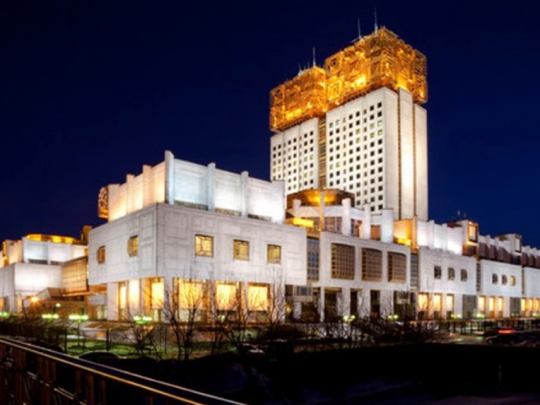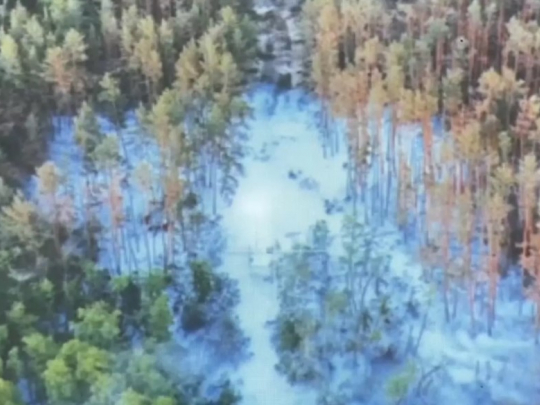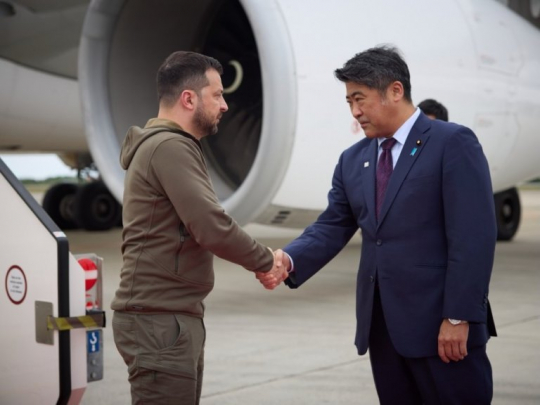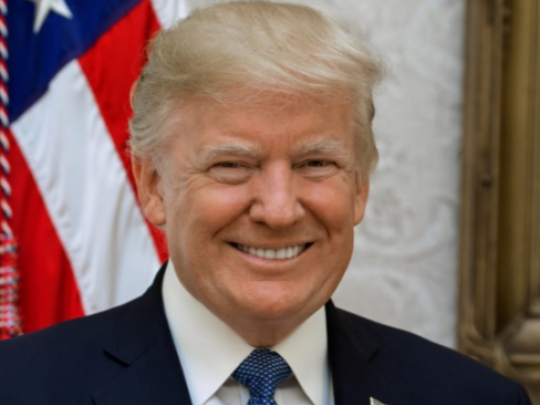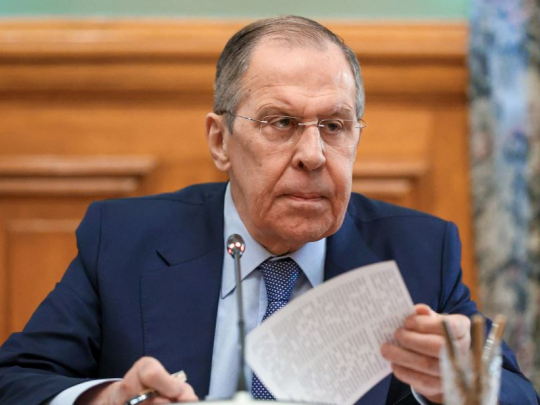Arctic Council: Development Prospects
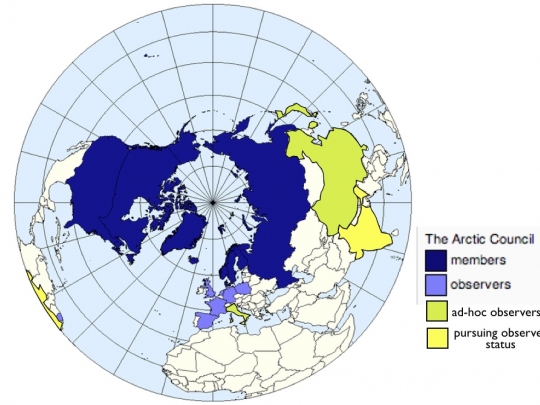
The 10th session of the Arctic Council finidhed in in Fairbanks (USA). The Ministers of Foreign Affairs of the eight Arctic states signed the “Agreement on Enhancing International Arctic Scientific Cooperation”. Ministers also signed the Fairbanks Declaration, which reviews the work of the Council during the outgoing U.S. Chairmanship and provides guidance for the Council’s work during the incoming Finnish Chairmanship.
Arctic Council
The Arctic Council is comprised of eight Arctic States — Canada, Denmark, Finland, Iceland, Norway, Russia, Sweden and the United States, as well as six organizations representing Arctic indigenous peoples, which have status as Permanent Participants: Aleut International Association (AIA), Arctic Athabaskan Council (AAC), Gwich'in Council International (GCI), Inuit Circumpolar Council (ICC), Russian Association of Indigenous Peoples of the North (RAIPON), and Saami Council (SC). They take part in preparing Arctic Council documents and decisions on a par with the eight Arctic states.
Russia' stands for cooperation
Russia as the largest Arctic country intends to develop the Arctic, and calls on other interested countries to cooperate. Speaking at the ministerial meeting of the Arctic Council, Russian Foreign Minister Sergei Lavrov stated that the Arctic does not represent any potential conflict between Russia and the other polar countries.
Lavrov pointed out the need to intensify the economic development of the Arctic, including through the Arctic Economic Council. He noted the impossibility of successful development of cooperation in the Arctic "without strengthening its resource potential," called for the implementation of projects "to involve new technological solutions and implement environmental initiatives, including to reduce emissions of black soot, to eliminate accumulated industrial waste." He also noted the importance of "joint research work of scientists of all our countries."
- Source : Katehon.com




